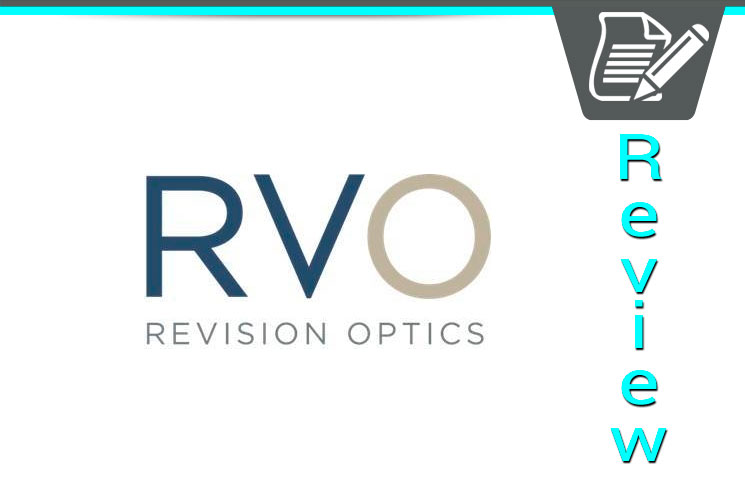FDA Approves Raindrop Eye Implant to Treat Age-Related Eye Disease
A new eye implant, called Raindrop Implant, was recently approved by the U.S. Food and Drug Administration. The eye implant promises to help aging eyes focus on small print and nearby objects.
What Does The Raindrop Implant Do?
The Raindrop Implant is inserted into the cornea (which is the clear, front surface) of one eye. It’s specifically designed to help people with presbyopia, which is an age-related decline in the ability to focus your eyes.
You know how some people have to hold the menu at arm’s length to read it? That’s the type of problem this eye implant is trying to solve.
The FDA’s approval is seen as important because as the Baby Boomer population ages, there’s been a surge in the need for corrective medical devices. The FDA has specifically approved the device for men and women between ages 41 and 65 who have not had cataract surgery and have trouble focusing clearly on nearby objects and small print and who require reading glasses with +1.50 to +2.50 diopters of power – yet they don’t wear contacts or require glasses for long-distance vision.
It’s Like a Contact Lens
The eye implant looks similar to a contact lens – but way smaller. In fact, it’s smaller than the eye of a needle. It’s 32 micrometers thick and 2mm in diameter.
You’ll need to undergo a surgical procedure to receive the implant. During the procedure, an optical surgeon will cut a flap in the cornea of your non-dominant eye using a laser (called a femtosecond laser flap).
Then, the surgeon slides the implant into the opening and flips the flap back into place – similar to how laser eye surgery works.
The device itself is called the Raindrop Near Vision Inlay. It’s the second cornea implant device ever approved by the FDA to correct farsightedness in people who have not undergone cataract surgery.
How Does The Raindrop Implant Work?
The Raindrop Near Vision Inlay implant works by changing the shape of your cornea. This sharpens your vision.
The makers of the lens describe it as a “microscopic hydrogel inlay”. It changes the shape of your cornea into a prolate shape – which is once again similar to how laser eye surgery works.
As you probably know, the FDA doesn’t approve any medical device unless there’s significant clinical evidence that it works as advertised. In the case of Raindrop, the FDA approved the device after it went through a clinical trial with more than 300 patients.
In that clinical trial, patients were monitored for two years after receiving the implant. Two years after undergoing the surgery, 92% of patients had 20/40 vision or better at near distances with the implant.
Are There Any Side Effects?
As you might expect when you put a lens into the cornea of your eye, there are some side effects and some risks of complications.
In their approval announcement for the device, the FDA explained that the implant can cause problems with glare or halos – particularly in those who already suffer from such issues.
There is also a risk of complications during and following the surgical procedure. Some patients may develop infections and other cornea complications, for example, including corneal scarring, swelling, inflammation, clouding, thinning, or melting.
Patients who experience these complications may be told to undergo a second surgery to remove the inlay or replace it.
Who Makes the Raindrop Near Vision Inlay?
The Raindrop is made by a California-based company named ReVision Optics, Inc.
ReVision Optics, Inc. (RVO) is a privately-held corporation headquartered in Lake Forest, CA. You can view contact information for the company here: RevisionOptics.com/contact-us/
The company created the Raindrop Near Vision Corneal Inlay “fueled by a belief that no one should ever have to hold a menu out at arm’s length”, explains their About page.
ReVision owns patents for their Raindrop in the United States, Europe, Canada, Japan, and Australia.
You can read more about the FDA’s approval for the Raindrop eye implant at the original press release announcement here.









